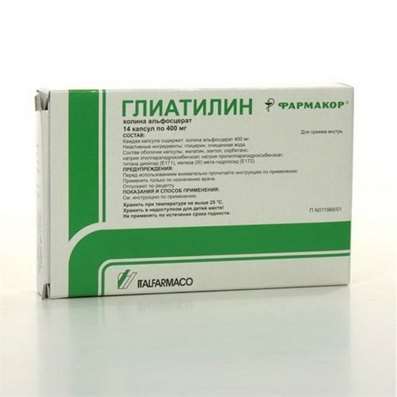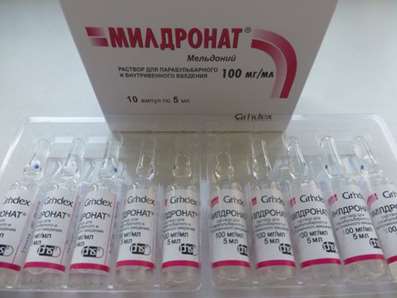Instruction for use: Maxitrol
I want this, give me price
Active substance Dexamethasone + Neomycin + Polymyxin B
ATX code S01CA01 Dexamethasone in combination with antimicrobials
Pharmacological group
Glucocorticosteroids in combinations
Ophthalmic agents in combination
Nosological classification (ICD-10)
H01.0 Blepharitis
Blepharitis, Inflammation of the eyelids, Inflammatory diseases of the eyelids, Demodectic blepharitis, Superficial bacterial infection of the eyes, Superficial infection of the eye, Scaly blepharitis
H10 Conjunctivitis
Conjunctivitis infectious-inflammatory,Bacterial conjunctivitis, red-eye syndrome, Superficial infection of the eye, Chronic non-infectious conjunctivitis
H10.5 Blepharoconjunctivitis
Chronic Blepharoconjunctivitis, Blepharoconjunctivitis, Staphylococcal blepharoconjunctivitis
H15 Scleral Diseases
H16 Keratitis
Adenoviral keratitis, Bacterial keratitis, Spring keratitis, Deep keratitis without epithelial damage, Discoid keratitis, Dendritic keratitis, Keratitis rosacea, Keratitis with destruction of the cornea, Superficial keratitis, Point keratitis, Traumatic keratitis, Superficial point keratitis
H20 Iridocyclitis
recurrent iritis, sympathetic iridocyclitis, Sluggish posterior uveitis, Sluggish posterior uveitis, Posterior uveitis, the posterior segment of the eye Iridocyclitis, Iridocyclitis and other uveitis, Irit, Keratoiridotsiklit, Acute iritis, uveitis, cycle of Acute iridocyclitis, Acute non-infectious uveitis
H59 Disorders of the eye and adnexa after medical procedures
Condition following surgery on the eyeball, Condition after plastic surgery of the eyelids, Condition after surgery on the cornea, Condition after surgical eye operations, The narrowing of the pupil after instillation mydriatics
Composition and form of release
Eye drops 1 ml
Neomycin sulfate 3500 units
Polymyxin B sulfate 6000 U
Dexamethasone 1 mg
Auxiliary substances: hydroxypropylmethylcellulose - 0.5%, polysorbate 20; Neutral additives; Distilled water
Preservative: benzalkonium chloride - 0.004%
In bottles of 5 ml (with a dispensing device «Drop Tainer ™»); In a pack of cardboard 1 bottle.
Characteristic
Combined preparation for topical application in ophthalmology.
pharmachologic effect
Pharmacological action - anti-inflammatory local, antibacterial local.
Pharmacodynamics
Neomycin - has a bactericidal effect, disrupting protein synthesis in a microbial cell. It is active against Staphylococcus aureus, Corynebacterium diphtheriae, Streptococcus viridans, Escherichia coli, Klesiella pneumoniae, Proteus vulgaris, Aerobacter aerogenes, Haemophilus influenzae. Not very effective against streptococci. It does not affect pathogenic fungi, viruses, anaerobic flora. The resistance of microorganisms to neomycin develops slowly and to a small extent.
Polymyxin B. The mechanism of action is mainly due to blockade of the permeability of the cytoplasmic membrane of bacterial cells. It is active against P. aeruginosa, Aerobacter aerogenes, Escherichia coli, Klesiella pneumoniae, Koch-Weeks bacillus.
Dexamethasone - GCS. Has anti-inflammatory, antiallergic and desensitizing effects. Has an antiexudative effect. Dexamethasone effectively suppresses inflammatory processes.
The combination of dexamethasone with antibiotics can reduce the risk of developing an infectious process.
Pharmacokinetics
With topical application, systemic absorption is low.
Indications
Infections of the eyes and its appendages:
Blepharitis,
conjunctivitis;
Keratoconjunctivitis;
Keratitis;
Iridocyclitis;
Prevention of postoperative inflammation of the anterior part of the eye.
Contraindications
Individual hypersensitivity to any of the components of this drug;
Viral diseases of the eyes (including keratitis caused by herpes simplex, chicken pox);
Mycobacterial infection of the eyes;
Tuberculosis diseases of the eyes;
Acute shingles;
Fungal diseases of the eyes;
Condition after removal of the foreign body of the cornea;
A purulent infection of the mucous membrane of the eye and eyelids caused by microorganisms resistant to the action of neomycin, a purulent corneal ulcer.
With caution appoint for glaucoma, cataract.
pregnancy and lactation
Sufficient experience in the use of the drug during pregnancy and lactation is not present. It is possible to use the treatment for pregnant women on prescription of the attending physician if the expected curative effect exceeds the risk of development of possible side effects. It is necessary to interrupt the use of the drug for the period of breastfeeding.
APPLICATION IN PEDIATRICS. At the moment, the safety and effectiveness of the drug for children are not established.
Side effects
Local. Allergic reaction, accompanied by itching and swelling of the eyelids, as well as reddening of the conjunctiva. Side effects due to the steroid component: increased intraocular pressure with possible subsequent development of glaucoma, damage to the optic nerve and visual fields (with the use of the drug for more than 10 days, monitoring of intraocular pressure is necessary); Posterior subcapsular cataract, slowing down the process of wound healing. Local use of steroids in diseases that cause thinning of the cornea or sclera can lead to their perforation.
Secondary infection
The development of secondary infection is observed after the use of combined preparations containing glucocorticosteroids in combination with antibiotics. With prolonged use of steroids, it is possible to develop fungal infections of the cornea. The appearance of non-healing ulcers on the cornea after prolonged treatment with steroid preparations may indicate the development of fungal infestation. Secondary bacterial infection can occur as a consequence of suppression of the protective reaction of the patient's body.
Interaction
Interaction with other drugs is not currently known.
In case of use with other local ophthalmic preparations, the interval between their use should be at least 10 minutes.
Dosing and Administration
In the conjunctival sac.
With a mild infectious process, 1-2 drops of the drug are instilled every 4-6 hours. In the case of a serious infectious process, the drug is instilled every hour, as the inflammation decreases, the frequency of instillations of the drug decreases. Before use, the vial with drops should be shaken.
special instructions
The bottle must be closed after each use. Shake the bottle before use.
Storage conditions
At a temperature of 8-30 ° C. (In the upright position)
Keep out of the reach of children.
Shelf life
2 years. After a cover of 4 weeks
Do not use after the expiry date printed on the package.

 Cart
Cart





